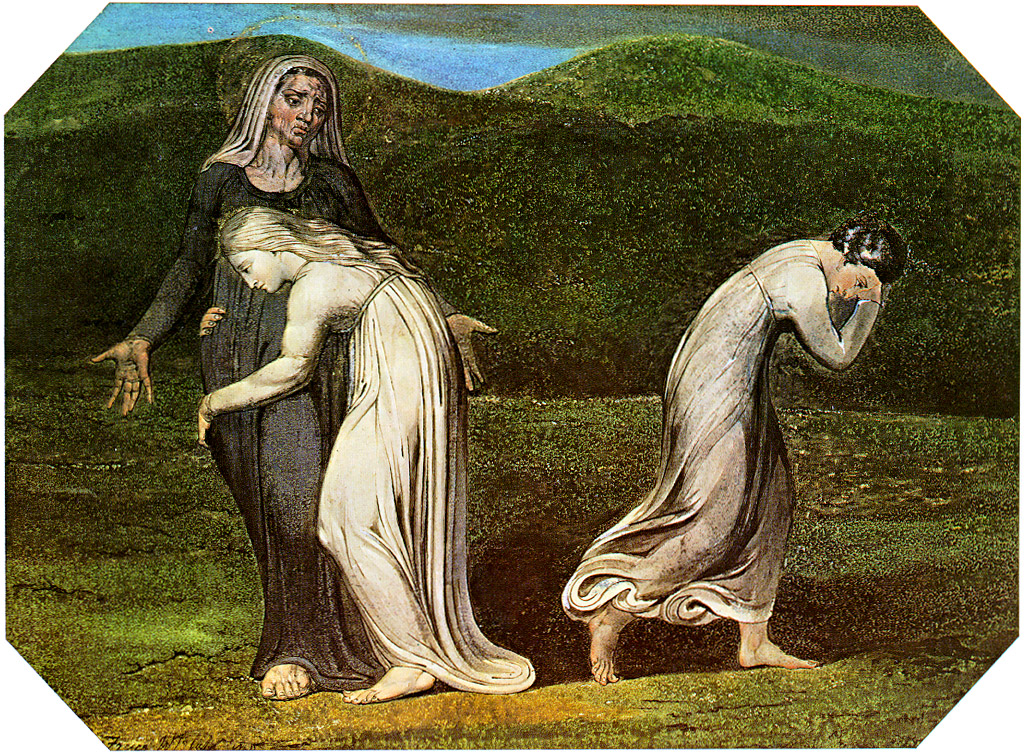|
Maja Ruth Frenkel
Maja Ruth Frenkel (born Maja Brinar; 14 April 1971) is a Croatian entrepreneur and former deputy of Croatian Minister of Economy. Education and career Frenkel was born in Zagreb on April 14, 1971. She finished elementary school and Gymnasium in Zagreb. From 1991 to 1992 she attended economy studies at the Vienna University of Economics and Business. In 1994 Frenkel graduated from the Faculty of Economics and Business, University of Zagreb. From 1998 to 2000 she worked at Agrokor as the head of the finance department and board member. From 2000 to 2002 Frenkel served as deputy of Minister of Economy Goranko Fižulić, responsible for the privatization of public companies. Frenkel worked at several other Croatian companies: from 1998 to 2008 she was a member of the supervisory board at DIP Turopolje d.d., from 1997 to 2000 member of the supervisory board at Ledo d.d., in 2000 member of the supervisory board at Jadranski naftovod d.d., from 1999 to 2006 member of the supervisor ... [...More Info...] [...Related Items...] OR: [Wikipedia] [Google] [Baidu] |
Zagreb
Zagreb ( , , , ) is the capital (political), capital and List of cities and towns in Croatia#List of cities and towns, largest city of Croatia. It is in the Northern Croatia, northwest of the country, along the Sava river, at the southern slopes of the Medvednica mountain. Zagreb stands near the international border between Croatia and Slovenia at an elevation of approximately above mean sea level, above sea level. At the 2021 census, the city had a population of 767,131. The population of the Zagreb urban agglomeration is 1,071,150, approximately a quarter of the total population of Croatia. Zagreb is a city with a rich history dating from Roman Empire, Roman times. The oldest settlement in the vicinity of the city was the Roman Andautonia, in today's Ščitarjevo. The historical record of the name "Zagreb" dates from 1134, in reference to the foundation of the settlement at Kaptol, Zagreb, Kaptol in 1094. Zagreb became a free royal city in 1242. In 1851 Janko Kamauf became Z ... [...More Info...] [...Related Items...] OR: [Wikipedia] [Google] [Baidu] |
Slobodna Dalmacija
''Slobodna Dalmacija'' () is a Croatian daily newspaper published in Split. The first issue of ''Slobodna Dalmacija'' was published on 17 June 1943 by Tito's Partisans in an abandoned stone barn on Mosor, a mountain near Split, while the city was occupied by the Italian army. The paper was later published in various locations until Split was liberated on 26 October 1944. From the following day onward, ''Slobodna Dalmacija'' has been published in Split. Although it was originally viewed as a strictly Dalmatian regional newspaper, during the following decades ''Slobodna Dalmacija'', grew into one of the largest and most widely read daily newspapers of Yugoslavia, with its circulation reaching a zenith in the late 1980s. ''Slobodna Dalmacija'' owed much of that success to its humour section. Many of the most popular Croatian humourists, like Miljenko Smoje, Đermano Ćićo Senjanović and the trio that later founded the ''Feral Tribune'', began their careers there. Another re ... [...More Info...] [...Related Items...] OR: [Wikipedia] [Google] [Baidu] |
Converts To Judaism
Conversion to Judaism ( he, גיור, ''giyur'') is the process by which non-Jews adopt the Jewish religion and become members of the Jewish ethnoreligious community. It thus resembles both conversion to other religions and naturalization. "Thus, by converting to Judaism, the religion, a gentile becomes not only a Judahist—one who practices Judaism—but a jew. Such a one is then part of the Jewish community as much as of the community of Judaism" The procedure and requirements for conversion depend on the sponsoring denomination. Furthermore, a conversion done in accordance with one Jewish denomination is not a guarantee of recognition by another denomination. Normally, though not always, the conversions performed by more stringent denominations are recognized by less stringent ones, but not the other way around. A formal conversion is also sometimes undertaken by individuals whose Jewish ancestry is questioned or uncertain, even if they were raised Jewish, but may not actua ... [...More Info...] [...Related Items...] OR: [Wikipedia] [Google] [Baidu] |
Croatian Jews
The history of the Jews in Croatia dates back to at least the 3rd century, although little is known of the community until the 10th and 15th centuries. According to the 1931 census, the community numbered 21,505 members, and it is estimated that on the eve of the Second World War the population was around 25,000 people. Most of the population was murdered during the Holocaust that took place on the territory of the Nazi puppet state called the Independent State of Croatia. After the war, half of the survivors chose to settle in Israel, while an estimated 2,500 members continued to live in Croatia. According to the 2011 census, there were 509 Jews living in Croatia, but that number is believed to exclude those born of mixed marriages or those married to non-Jews. More than 80 percent of the Zagreb Jewish Community were thought to fall in those two categories. Today, Croatia is home to eight synagogues and associated organizations, located in Zagreb, Rijeka, Osijek, Split, Du ... [...More Info...] [...Related Items...] OR: [Wikipedia] [Google] [Baidu] |


